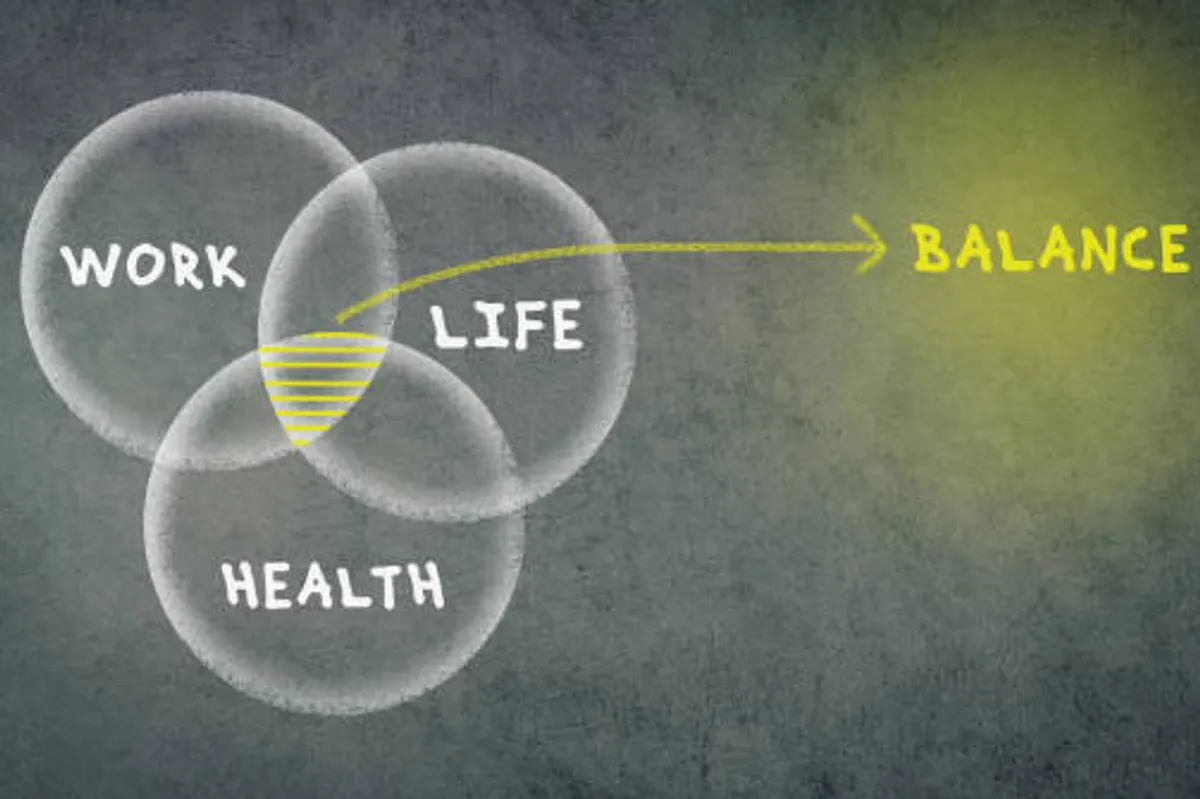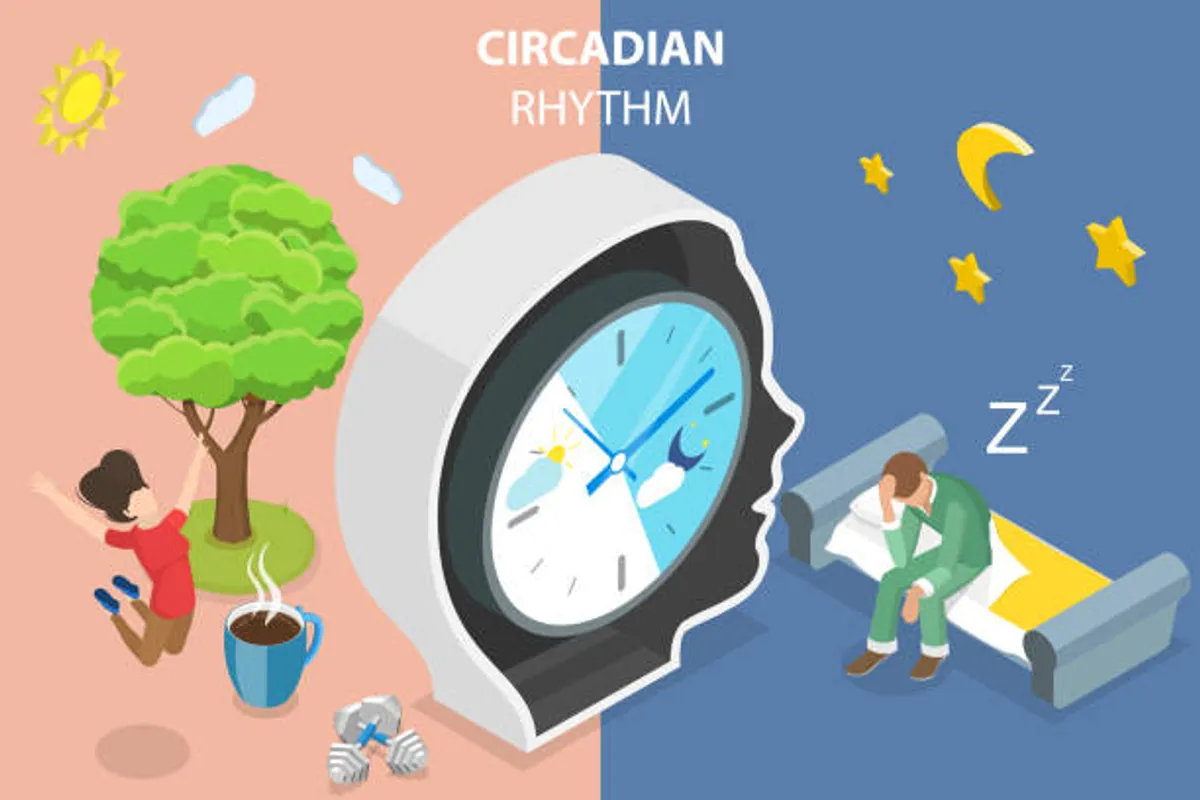
Digital Detox Practices That Improve Focus & Reduce Stress

GeokHub
Contributing Writer
In an age dominated by smartphones, social media and endless notifications, it’s easy to forget what true focus feels like. The average person now spends more than seven hours a day looking at screens — a habit that silently reshapes how the brain works.
The result? Rising stress, shorter attention spans, and restless sleep. But experts say you don’t need to go off the grid to regain control. With simple digital detox practices, you can reset your mind, reduce stress, and reconnect with life offline.
Understanding the Digital Overload
Technology has become a vital part of daily life — yet too much exposure can overwhelm the brain’s reward system. Every ping or like releases a burst of dopamine, encouraging repetitive scrolling and multitasking.
According to research published in Frontiers in Psychology, excessive digital stimulation can increase anxiety and fatigue, while lowering concentration. Over time, it also disrupts your body’s natural rest cycles.
A digital detox isn’t about rejecting technology; it’s about rebuilding healthy boundaries with it.
1. Start with Small Tech Breaks
You don’t have to unplug completely to feel the benefits. Start by creating tech-free pockets throughout your day:
- Avoid checking your phone for the first 30 minutes after waking.
- Keep devices out of reach during meals.
- Take short walks without your phone.
These small pauses let your mind reset and help you stay grounded in the present moment.
2. Turn Off Non-Essential Notifications
Every vibration and alert splits your attention, even if you don’t open the app. Go through your notification settings and disable those that aren’t urgent.
Research shows that constant notifications increase cortisol — the body’s stress hormone — and make it harder to return to deep focus.
By cutting down on unnecessary alerts, you’ll reclaim valuable mental energy throughout the day.
3. Designate a “Digital Sunset”
Set a cut-off time each evening when screens go dark — ideally one hour before bed. Exposure to blue light at night suppresses melatonin, the hormone that signals it’s time to sleep.
Use that last hour for quiet, screen-free activities such as:
- Reading a book
- Listening to calming music
- Journaling or light stretching
Your brain will associate these routines with winding down, improving both rest and mood.
4. Practice Mindful Tech Use
Mindfulness isn’t just for meditation — it also applies to how you interact with technology.
Before opening an app, pause and ask:
“Why am I doing this? What am I hoping to feel?”
This brief check-in helps you use devices intentionally rather than habitually. Over time, it builds digital discipline and a clearer sense of control.
5. Reconnect with the Real World
One of the best detox strategies is simply replacing digital time with real-world engagement.
Join a community class, meet a friend for coffee, or spend time in nature. Studies from the University of Exeter found that just two hours a week outdoors significantly reduces stress and improves attention span.
Rebuilding these offline experiences strengthens emotional resilience — something screens can’t replicate.
6. Use Tech to Support Your Detox
Ironically, a few apps can help you disconnect more effectively. Tools like:
- Forest – rewards you for staying off your phone.
- Focus To-Do – combines a Pomodoro timer with task management.
- Digital Wellbeing (Android) or Screen Time (iOS) – track and limit app usage.
When used wisely, technology can help you stay balanced instead of distracted.
Final Thoughts
You don’t need to abandon technology to feel better — you just need to reclaim control over how it fits into your life.
A digital detox is less about restriction and more about restoration — giving your mind and body space to recover from constant stimulation.
By creating mindful routines, setting screen limits, and prioritizing real-life connection, you’ll rediscover the focus, calm, and creativity that thrive in a quieter mind.








